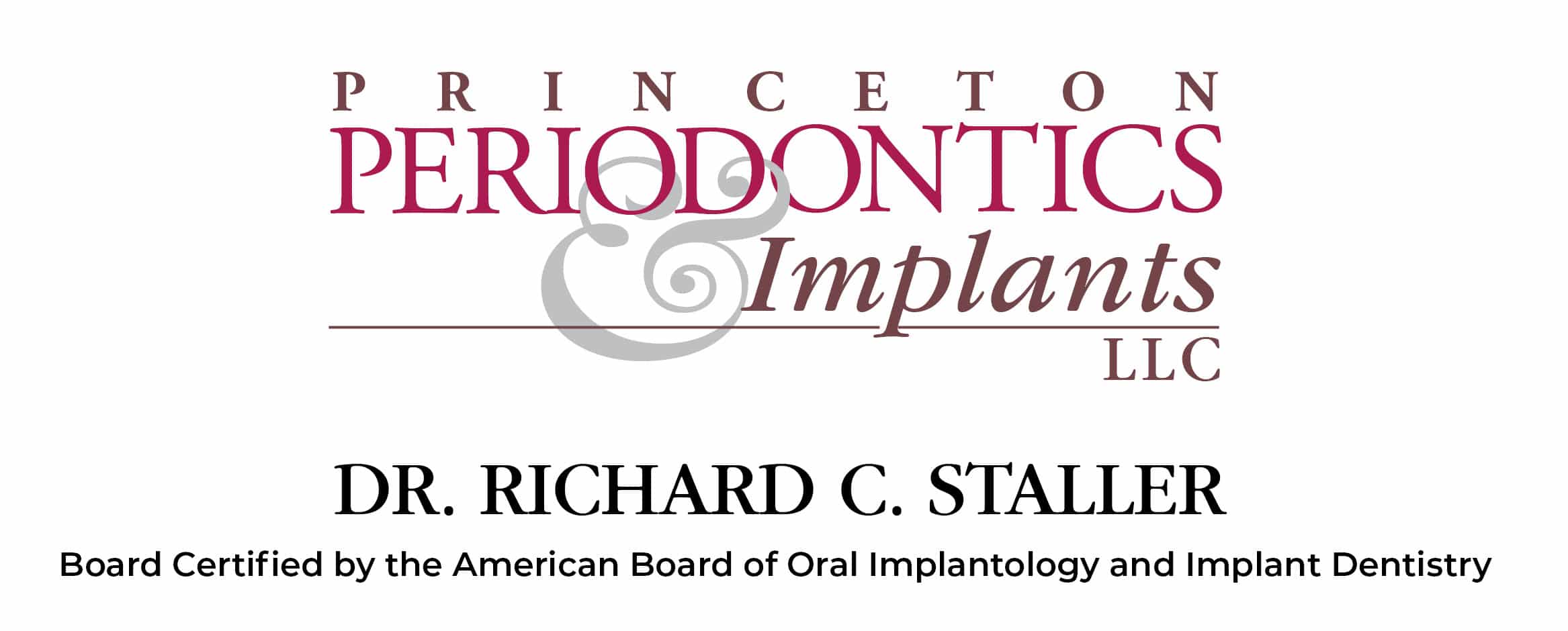Are you experiencing peeling gums? This may be a symptom of a larger health issue. Even before we learn how to hold a toothbrush on our own, we begin to understand the importance of keeping our teeth cavity-free. Not to say that’s always enough motivation to want to brush our teeth as often and for as long as we should or to avoid the things that can increase our risk of getting cavities. It just means that we get that our teeth are important to our oral health.
The trouble is, most of us never come to appreciate the tissue surrounding our teeth in the same way. But in many ways, the gums are just as valuable of an indicator of our oral health as the teeth. And not just our oral health; our overall health, too.
Studies are beginning to confirm what periodontists have suspected for a while now: There’s a direct link between gum disease, also known as periodontal disease, and several potentially fatal diseases, including heart disease and diabetes. People with gum disease, which includes half of American adults, are also at greater risk of developing certain types of cancer and Alzheimer’s disease.
Still, too many of us are willing to shrug it off when we notice our gums are bleeding or peeling a little after brushing. As long as I don’t have any cavities, I’m good, we think. But they can be early warning signs of a potentially serious problem. And the longer we go on ignoring them, hoping they’ll disappear on their own, the bigger the threat becomes to our overall health.
What are peeling gums?
Peeling gums is a pretty accurate name for what’s going on. You’ll notice small bits of loose dead tissue sloughing off your gums and the inside of your cheeks. It’s not enough to gag you. In fact, you’re likely to chew on them or simply swallow them without giving much thought to what it is.
Peeling gums may also be accompanied by:
- Bleeding gums
- Discoloration on your gums and the inside of your cheeks
- Changes in the texture of your gums
- Sores or blisters on your gums
Gum disease is a common cause of peeling gums. (More on that in a moment.) But there are also a number of oral hygiene products that can have the same effect, including over-the-counter whitening products. Aside from failing to do what they’re supposed to and eating away at your teeth, home whitening kits can also trigger a slew of issues with your gums, like peeling.
If you’ve noticed any peeling or another adverse effect, such as increased gum or teeth sensitivity, after using a whitening kit, toothpaste, or mouthwash, stop using the product and schedule an appointment with your dentist, just to be on the safe side.
It’s not just whitening mouthwashes or toothpaste, either. Most mouthwashes contain some type of alcohol, which can dry out the mouth and irritate the gums. Similarly, a 2016 study found that low-pH toothpastes were likely to cause peeling gums, among other symptoms.
You don’t need to start experiencing symptoms to change your mouthwash or toothpaste. Look for a mouthwash that says “alcohol-free,” or something to that effect, on the label. Toothpastes are a little trickier because there are so many varieties. Look for one that’s marketed as “sensitive,” or try a brand made with natural ingredients, like Tom’s of Maine.
Where does gum disease fit into this?
You could be brushing with a Tom’s toothpaste and swishing with an alcohol-free mouthwash and still be experiencing peeling. In that scenario, you may have gingivitis, the earliest form of gum disease, without realizing it.
Gingivitis can cause the gums to become red, swollen, and bleed easily. It can slip under the radar because there’s usually little, if any, discomfort. And it can develop for a number of reasons unrelated to our brushing-and-flossing regimens, including: smoking, stress, hormonal fluctuations, the use of certain medications, certain systematic diseases, aging, and a genetic predisposition. Though, the most common cause is inconsistent brushing and flossing and not keeping up with twice-a-year dental checkups.
The good news: Gingivitis is reversible as long as it’s treated early. If, however, it’s left unchecked, plaque can spread and grow below the gum line. Toxins produced by the bacteria in plaque will irritate the gums and stimulate a chronic inflammatory response in which the body basically turns on itself, and the gums and bone that support the teeth gradually breakdown.
For what sounds like a very dramatic process, the symptoms can be pretty mild. In other words, one day you’re shrugging off peeling gums. The next, you’re staring into the mirror at deep pockets that have formed around your teeth. This much more serious form of gum disease, which is known as periodontitis, as you may already have realized, is a lot more difficult (and costly) to remedy.
Now what?
If you’re reading this to be extra cautious, keep doing what you’re doing: brushing and flossing twice a day and seeing your dentist every six months. If, however, you’ve noticed some occasional peeling, don’t ignore it. You may barely notice it, and it may not be painful, but it’s most likely a sign that something’s not right in your mouth.
In such a case, it’s always better to be safe than sorry. See your dentist or schedule an appointment with me. Either way, we’ll determine the source of your peeling and then tailor a treatment plan that will have you smiling again in no time.

